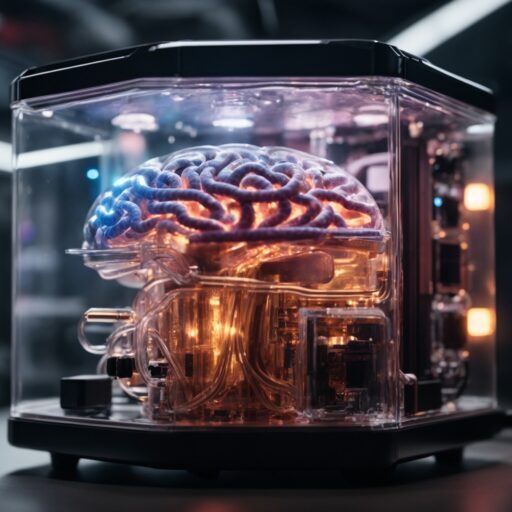Event streams and reactive programming are core concepts in Functional Reactive Programming (FRP) that play a crucial role in managing asynchronous data and events in a declarative and composable way. Let’s explore these concepts in more detail:
1. Event Streams:
Event streams represent sequences of events or data changes over time. These events can be generated by various sources, including user interactions, sensors, network responses, or any other time-varying data. In the context of FRP, event streams are often modeled as observables.
-
Characteristics of Event Streams:
- Asynchronous: Events in a stream can occur at any time and are not tied to a fixed schedule.
- Ordered: Events in a stream maintain their order of occurrence, allowing developers to respond to events sequentially.
- Continuous: Event streams can be continuous, providing a constant flow of data, or they can be finite, representing a specific sequence of events.
2. Reactive Programming:
Reactive programming is a programming paradigm that focuses on reacting to changes or events as they occur, rather than relying on explicit control flow or callbacks. It emphasizes the use of reactive data structures, such as observables, and the application of reactive operators to transform and respond to data and events.
-
Key Principles of Reactive Programming:
- Declarative Approach: Reactive programming encourages a declarative approach to event handling, where developers specify what should happen in response to events, rather than how it should happen.
- Composability: Reactive programming promotes the use of operators to compose complex functionality from simpler building blocks. Operators allow for transformations, filtering, and combination of data and event streams.
- Efficiency and Responsiveness: Reactive programming aims to create highly responsive and efficient applications by enabling real-time updates and immediate reactions to user interactions.
- Reactive Operators: Reactive programming provides a range of operators that can be applied to observables and event streams to modify their behavior. These operators include mapping, filtering, combining, and timing operators, among others.
3. Integration in FRP:
In the context of FRP, event streams and reactive programming are integral to the handling of asynchronous events and data changes. Event streams are often represented as observables, which can be observed and transformed using reactive operators. This allows developers to build declarative, responsive, and efficient systems that react to real-time data and user interactions.
4. Example Use Cases:
- Real-time updates in web applications: Event streams can capture user interactions, such as clicks or keystrokes, and immediately update the user interface in response.
- Sensor data in IoT applications: Event streams can represent sensor readings, enabling immediate actions based on real-time data.
- Interactive gaming: Event streams can manage user input and game events, allowing for dynamic gameplay and responsiveness.
- Financial trading applications: Event streams can track real-time market data and execute trades based on specific conditions.
Event streams and reactive programming are fundamental to the success of FRP, enabling developers to build responsive, event-driven applications while maintaining a clear and declarative code structure.

